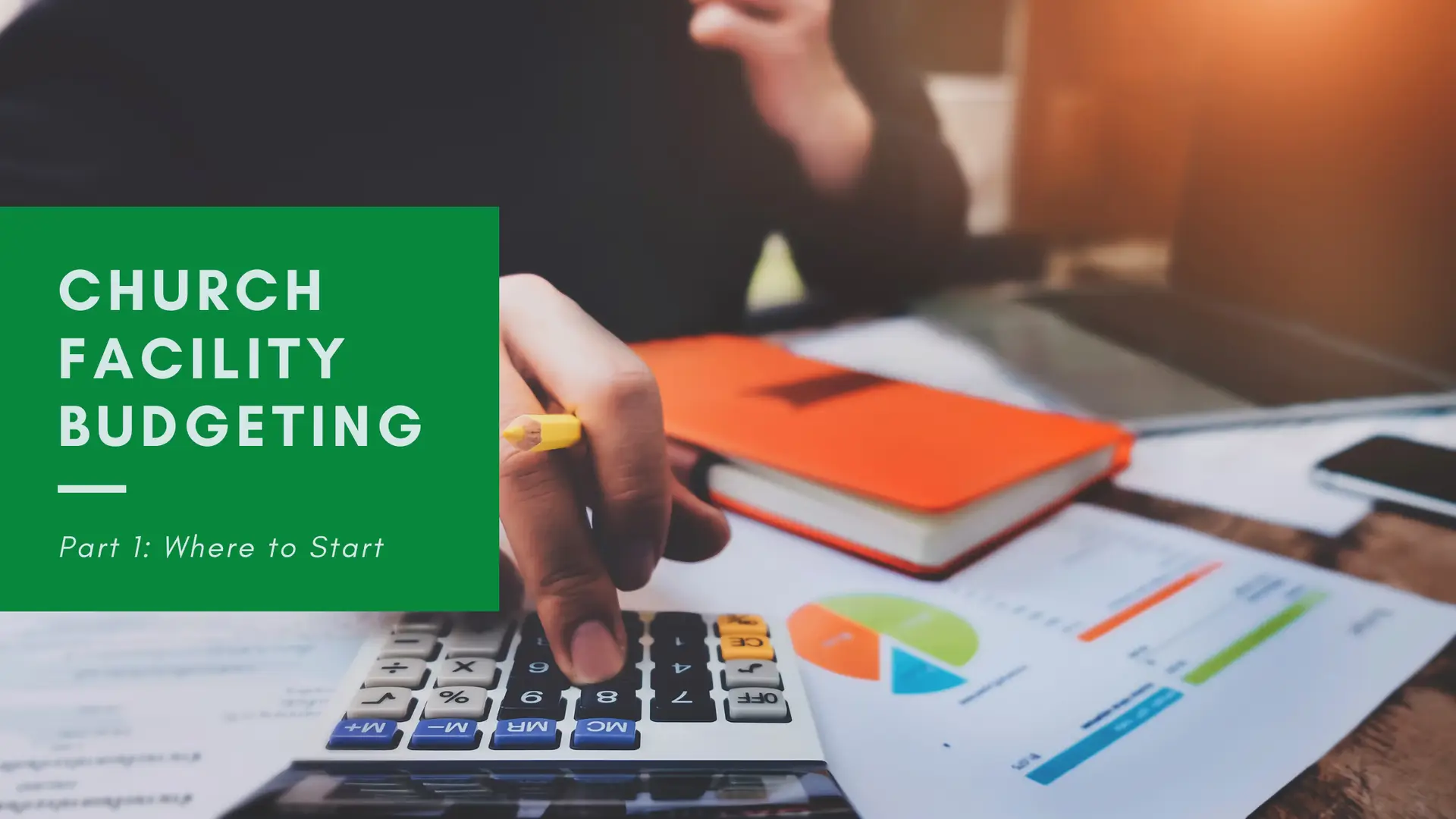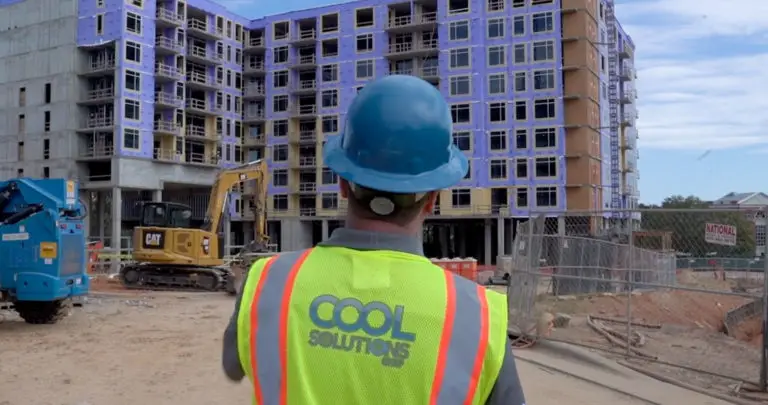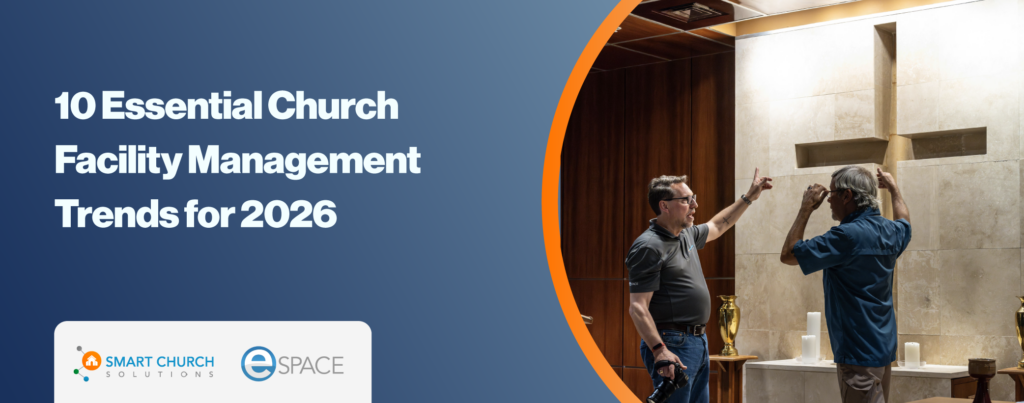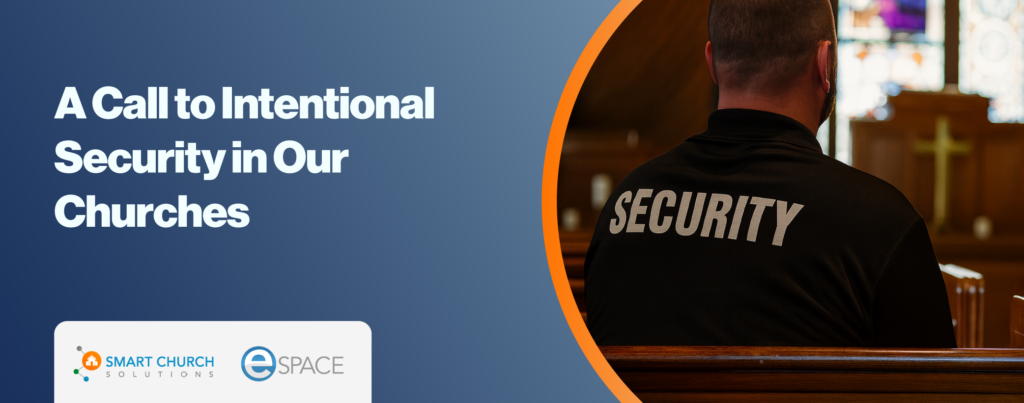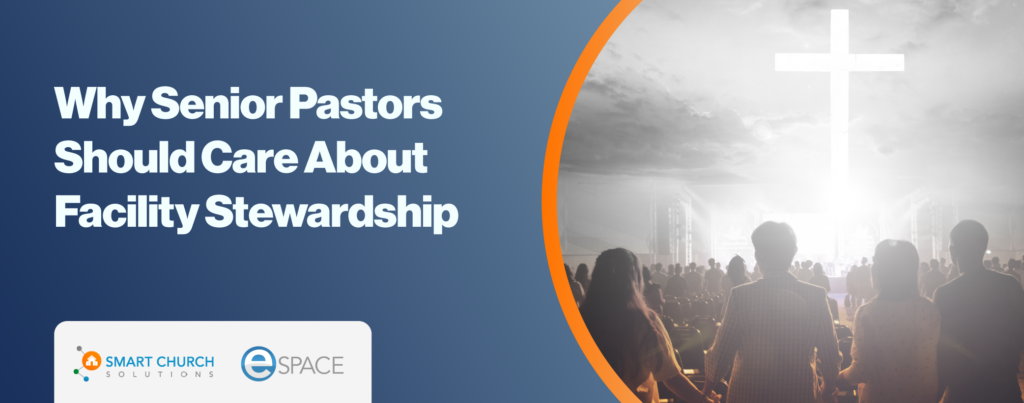Where do you start when it comes to church facility budgeting? This question has risen to the top of many inquiries we receive at Smart Church Solutions.
In fact, we asked the members of the Church Facility Management Solutions Facebook Group which topics members would like more information on. As you could guess, “budgeting” was the top result.
A couple of years ago, we developed The 4 Buckets of Church Facility Budgeting. While this is a great tool, it may have been more of a 30,000-foot view of budgeting and not as granular as you may need.
Therefore, over the next four weeks, we will be posting a series of blogs to provide specific steps and considerations when it comes to budgeting. While every situation is different, these steps will set you on the right path to handle all budgeting initiatives moving forward.
Confirm Total Heated and Cooled Square Footage
One of the first steps you need to take is to confirm the total heated and cooled square footage of your facility. Why is this critical? I am glad you asked. Here are several reasons:
- The majority of the national benchmarking and budget evaluations for facilities are based on your square footage. Without this information, you’re unable to determine if you are over or under spending or how to calculate replacement costs.
- Church budgets (the overall budget), income, and attendance may vary from year to year. However, your facility size and square footage are far less likely to adjust unless you have added more space or sold property. Because of this reality, you must understand the impact of the size of your facility. Let’s look at an example:
- If your church budget was $1 million last year and your facility budget was $200,000, that equates to 20%. However, if the church budget dropped to $900,000, and you didn’t reduce your facility square footage, then you will still need a minimum of $200,000 (plus inflation) to maintain the facility. Therefore, the new percentage would be about 22.5%.
- Think about evaluating your utility costs. If you utilize the $/SF we referenced in The 4 Buckets of Church Facility Budgeting eBook, you will need to know your square footage.
- You also need to know your square footage to determine certain renewal and replacement costs. For example, if you determine the carpet in the children’s spaces needs to be replaced, and the vendor tells you he can do it for $5.00/SF. If you do not know how many square feet you have, how will you know what the total project will cost?
- The same applies to many cleaning functions. How many square feet of carpet extraction do you need to perform or how many square feet of tile needs waxed or buffed?
Refer to the Past…Carefully
Looking over last year’s budget and actual spending is one of the most common ways churches will determine the next year’s budget. This is not a terrible option, but it comes with some pretty significant pitfalls as well.
If we lived in a perfect world where all inflationary factors were equal and facility deterioration was at the same rate every year, this could work. However, we do not live in a perfect world. Here are factors we have seen firsthand as examples from real churches on how referring to the past monies spent only was the incorrect approach.
Avoid Common Mistakes
We had a church that was spending over $2.00/SF for utilities (they did not know they were spending that much on a square footage basis, and this is a 200,000 SF campus). They did not know that they should only be spending $1.25-$1.50/SF. Therefore, they were spending about $100,000 more than the top of the normal range. Their budgeting plan was to just add 3-5% to what they had been paying. BIG MISTAKE. They were already spending 25-37% more than they should have been and were just going to add more to that? In this instance, solely relying on “historical” data was not sufficient, and it would have been a waste of ministry dollars.
In the case of the above, the cause of the overage in spending on utilities was a matter of bad behavior. The staff did not know how to operate their complicated building automation system, and instead of learning how to use it, they just let the systems run all of the time. This is bad behavior, and, unfortunately, bad behavior is the leading factor to most overspending.
The above was also coupled with the fact that much of the equipment in the facility was old and aging. So, they had themselves a double whammy. You are not utilizing the equipment and systems correctly (bad behavior), and you have systems that are not as efficient as their more modern counterparts. In many cases, these systems are not operating at peak performance (for many reasons) which decreases efficiency and increases operational costs.
The opposite is also often the case. Smart Church Solutions has conducted dozens and dozens of Facility Condition Assessments across the country. In the majority of all of the assessments, we have determined the church is underspending in the areas of janitorial and general maintenance.
Try Our Equation
When you start a budgeting process with a deficit and then add a generic percentage increase, you are actually increasing the gap between the budget and where you should be. Here is an equation that I hope makes sense:
- Current spend = $100,000 annually
- Best Practices budget = $125,000 annually
- Current deficiency = $25,000 or 25% of the current spend
- Next year the budget is increased by 3%, and the rate of inflation is ironically 3% (not likely)
- NEW BUDGET = $103,000
- NEW BEST PRACTICES = $128,750
- PROJECTED DEFICIENCY = $25,750 or 28% of the proposed spend – There will continue to be an ever-growing gap which over time will have a devastating impact on the condition of the facility and deferred maintenance growth.
Another reason why you should not use past data to set future expenses is because it assumes your facility is being utilized exactly as it was in previous years and the cost to maintain the facility is the same. These are both potential facilities that need addressed:
- Utilization – Will you do exactly the same number of events with the same number of people? This needs to be considered and adjusted accordingly. If your church had one service last year but now has two services, you may need to evaluate the increased wear, tear, and operational costs for additional services.
- Cost to Maintain – As many facility components age, the cost to maintain them increases. For example, a 15-year-old HVAC system requires more attention than a three-year old-system. A 10- year-old carpet will require more attention than when it was new in order to keep it looking fresh. Get the point?
Summary and Homework
The above is a lot of data to digest. Therefore, we are going to take a break until next week when we will pick this topic back up again. In the meantime, we have a couple homework assignments for you:
- Determine your heated and cooled square footage if you don’t know it already. If you do know, take some time to verify the data. Remember, facility square footage is calculated from the outside face of the structure and not the interior dimensions. If you use interior dimensions, you will not have an accurate measurement.
- Go back through last year’s expenses for utilities, janitorial, and general maintenance and plug the costs (and your square footage from above) into our FREE Facility Evaluator to see how you compare to the recommended best practices.
This will provide some interesting information that may also be very enlightening. Keep in mind the best practice cost ranges are as follows:
- Utilities: $1.25 – 1.50/SF
- Janitorial: $1.50-2.50/SF
- General Maintenance: $2.25 – 3.50/SF
Feeling stuck? Feel free to reach out to our team any time. We will be back here next week with more information!


